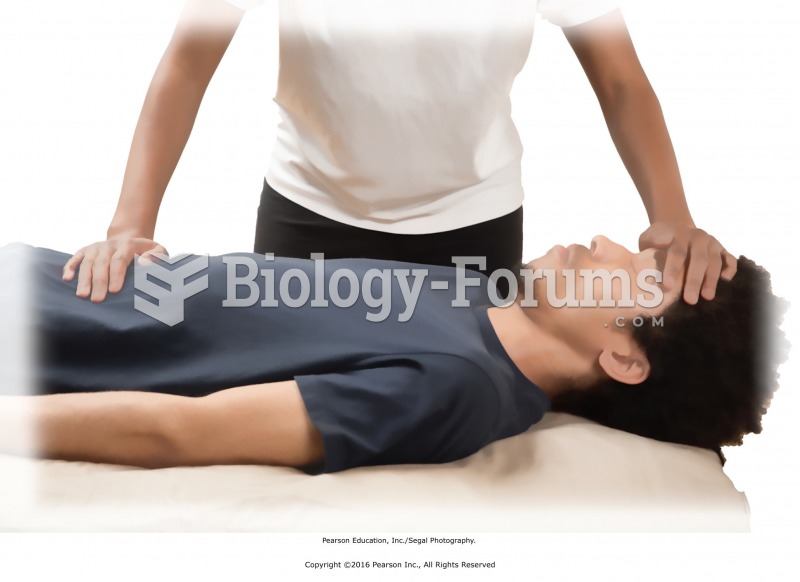Answer to Question 1
D
Immobility causes gastrointestinal disturbances such as decreased appetite and slowing of peri-stalsis.
In the immobilized client, decreased circulating fluid volume, pooling of blood in the lower ex-tremities, and decreased autonomic response occur. These factors result in decreased venous re-turn, followed by a decrease in cardiac output, which is reflected by a decline in blood pressure.
Recumbency increases cardiac workload and results in an increased pulse rate.
Fluid intake can diminish with immobility, and this, combined with other causes, such as fever, increases the risk of dehydration. Urinary output may decline on or about the fifth or sixth day after immobilization, and the urine is often highly concentrated.
Answer to Question 2
C
Personal knowledge is concerned with the knowing, encountering, and actualizing of the con-crete, individual self (Carper, 1978). This type of knowing deals with ways a nurse successfully assists a client to reach health goals through the rapport established with this individual.
The empiric pattern of knowing is knowledge that is systematically organized into general laws and theories for the purpose of describing, explaining, and predicting phenomena of special con-cern to the discipline of nursing (Carper, 1978).
The esthetic pattern of knowing involves the active transformation of the patient's behaviour into a perception of what is significant in itthat is, what need is being expressed by the behav-iour (Carper, 1978).
The ethical pattern of knowing requires an understanding of different philosophical positions regarding what is good, what ought to be desired, and what is right; of different ethical frame-works devised for dealing with the complexities of moral judgements; and of various orientations to the notion of obligation (Carper, 1978).







